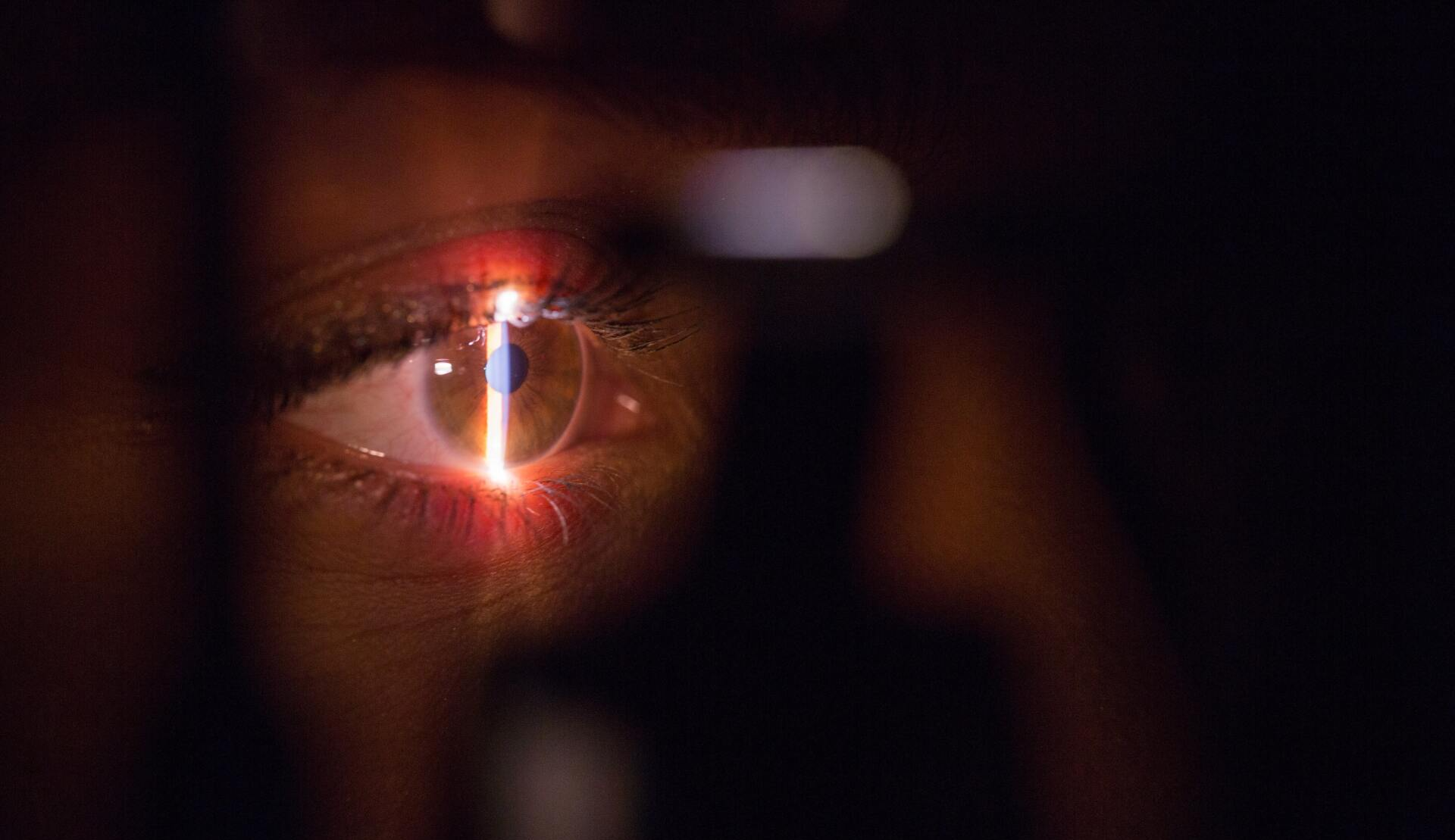Alzheimer’s and the eye

Blog vol 3. 6. Alzheimer’s and the eye.
This past year a paper was published that found a possible and hopeful association between optical coherence tomography angiography (OCTA) retinal measurements and Alzheimer’s disease.
We have the ability to take in-depth pictures of the inside of the eye (OCTA), and that could allow us to detect the beginnings of Alzheimer’s.
I have mentioned the OCT before. It is a valuable tool in detecting and treating retinal and optic nerve conditions because we can see the layers of tissue at the back of the eye and what they are doing.
In 2019, our clinic acquired the ability to do a form of angiography with the OCT. By using a different wavelength of infrared light and performing multiple scans it can track the movement of the red blood cells through the choroid vessels, the layer beneath the retina. We now can pick up changes in the circulation underlying the retina, a valuable tool in detecting sight-threatening conditions like Giant Cell Arteritis or Wet Macular Degeneration.
The retina of the eye is a developmental extension of the brain, so our ability to see into the eye with high magnification and to see the varied layers of the retina gives us a “window” into looking at brain tissue.
There are other ways to look at brain tissue, like Positive Emission Tomography (PET), but they are a lot more costly and invasive. With OCTA you can do a scan of the eye in seconds and use biomarkers that can help in detecting early Alzheimer’s. This has driven research into measuring the retina to determine a possible link between Alzheimer’s disease. (See study here).
What they have found so far is that the structures at the choroid appear to be diminished in Alzheimer’s patients.
What they have concluded is that a lot more studies and lot more subjects need to be looked at to make sure that we have predictive values. Hopefully, one day we can do a 20 second scan and detect this dreaded disease early, then with the same technology analyze treatment paradigms and come up with a cure once and for all.
Til next week,
the good doctor






